Menu
As the vibrant colors of summer fade and fall begin to take over, it's essential to focus on lawn and landscape care. Fall is crucial for yard care as you prepare for the colder months ahead. At Driscoll Tree Service, we provide comprehensive maintenance, ensuring a healthy and lush landscape. Our arborists leverage extensive expertise and knowledge, providing pertinent information and guidance on landscaping techniques. Here's a detailed fall lawn and landscape care guide to help you nurture a resilient outdoor space.
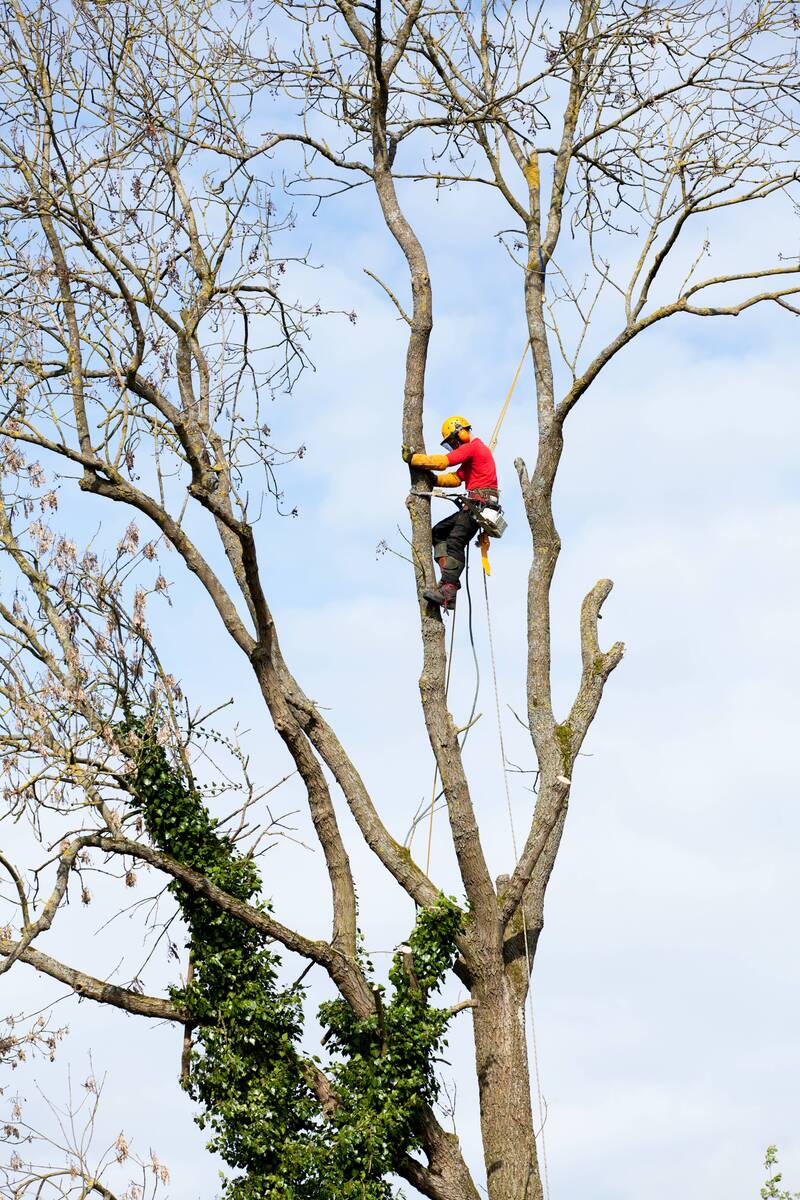
One of fall lawn care's most common but essential tasks is raking and removing fallen leaves. While it might seem like a simple chore, neglecting it can lead to several problems. A thick layer of leaves can smother grass, blocking sunlight and air circulation and leading to mold and disease. Regularly raking leaves keeps your lawn tidy and prevents these issues from taking root. Tree service professionals often recommend composting the leaves to create nutrient-rich mulch, promoting a sustainable cycle of growth and decay.
Aeration is another vital step in fall lawn care. Over time, the soil becomes compacted from foot traffic, heavy rains, and the natural settling process. Compacted soil restricts the flow of air, water, and nutrients to the grassroots, inhibiting growth. While you can hire an aerator for a DIY project, hiring professional tree service providers to aerate your lawn helps break up the compacted soil. This process allows for better water absorption and nutrients, encouraging more robust root development and preparing the grass for winter dormancy.
Fall is the ideal time to fertilize your lawn and landscape. Consult a reputable tree care company for the most suitable slow-release fertilizer to strengthen grassroots and other plants before the ground freezes. This is crucial to help your lawn recover from summer stresses like heat and drought while preparing for the colder months. A well-fertilized lawn goes a long way to resist weeds, infestations, infections, and premature tree removal emergencies. If you prefer a professional approach, a certified arborist can ensure you maintain a lush and healthy landscape when spring arrives.
Overseeding is a strategic practice arborists use to revitalize thin or patchy lawns. During fall, soil temperatures are warm, and the cooler air creates ideal conditions for germinating grass seeds. This technique introduces new grass varieties more resistant to diseases and drought, enhancing your lawn's overall health and appearance. Ensure proper seed-to-soil contact by lightly raking the area after spreading the seeds and watering regularly.

Pruning is often considered a spring activity, but fall is also an excellent time to trim trees and shrubs. Removing dead, diseased, or damaged branches prevents them from causing problems during winter storms. Pruning encourages healthy growth patterns and better blooming in the next growing season. However, hire a tree care company or exercise caution to avoid over-pruning, as cutting back too much can lead to weather damage and tree removal.
Caring for your lawn and landscape in the fall is a vital seasonal task that ensures a vibrant and healthy yard year-round. Contact us at Driscoll Tree Service and schedule a consultation with our experts to set the stage for a lush landscape that will thrive in the spring.
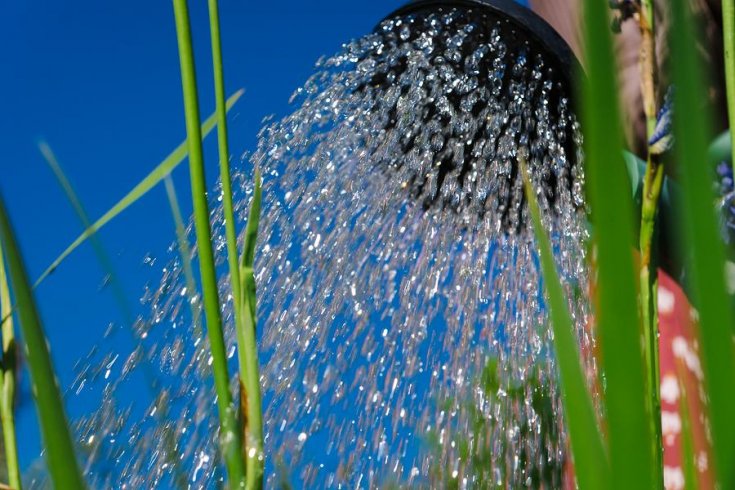
How to Properly Care and Watering Your Trees Proper watering is one of the best ways to ensure your trees remain in optimal condition throughout their lifespan. With climate change affecting vegetation across the globe because of drought, Driscoll Tree…
Read More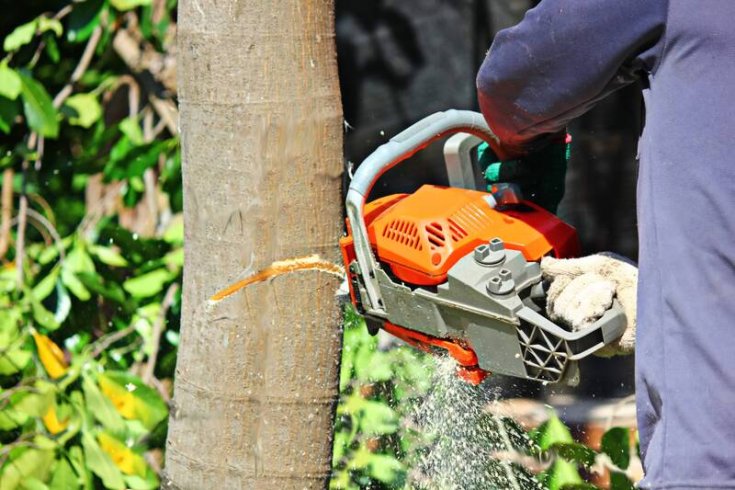
Debunking Common Myths About Tree Removal Trees are magnificent entities that provide many advantages. However, different circumstances like disease, infestation, landscaping needs, or severe damage may prompt tree removal services. While healthy greenery is an asset for property owners, when…
Read More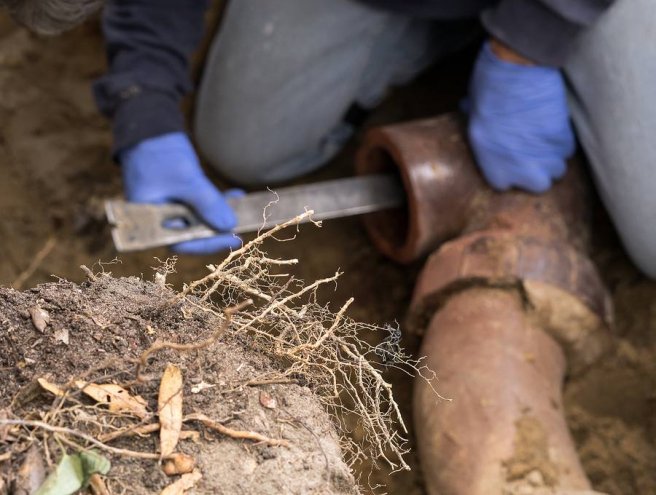
How Tree Roots Damaging Your Pipes Trees are attractive elements in your garden that provide shade and enhance the beauty of your space. However, the giant trees can cause problems to your property’s foundation and plumbing system. These roots are…
Read More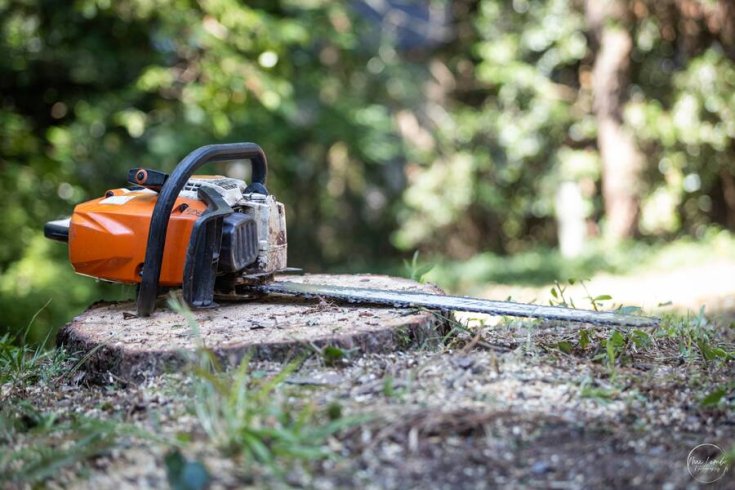
If you’ve ever stood in your yard and looked up at a big ole tree, then you know the mix of feelings it can stir. On one hand, that tree has probably given your home shade, beauty, and maybe even…
Read More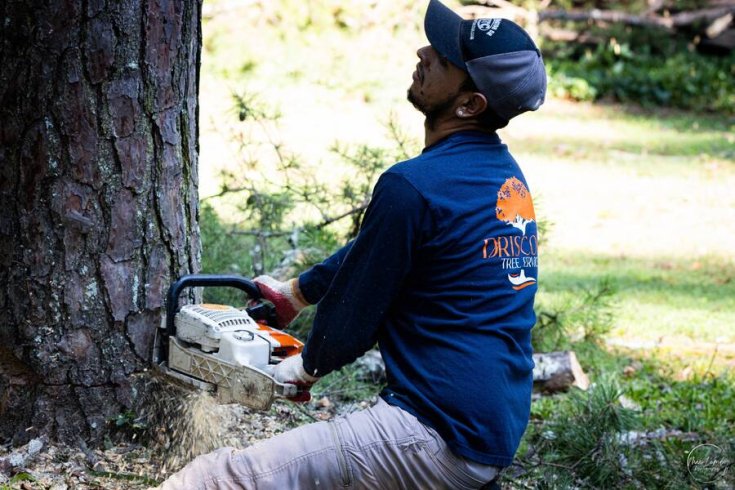
How Much Does It Cost to Remove a Tree? For starters, tree removal should be left to the professionals, whether the tree is big or small. A DIY approach may seem like a way to save money, but we don’t…
Read More
How To Protect Your Trees From Summer Trees are a valuable addition to any landscape and offer many environmental benefits. After spending many months of winter in dormancy, summer is finally here, bringing life to all the greenery in your…
Read More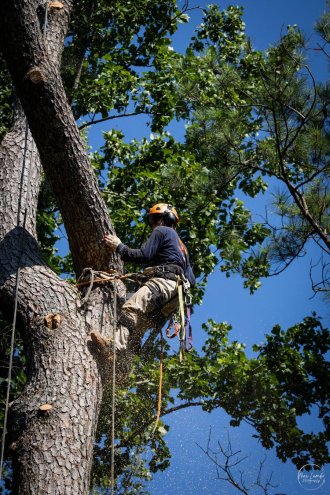
Have You Hurricane-Proofed Your Trees Yet? In the Southeast U.S., hurricanes aren’t just an occasional threat - they're a part of life. Georgia, in particular, faces frequent tropical storms and hurricanes that bring high winds, heavy rain, and the potential…
Read More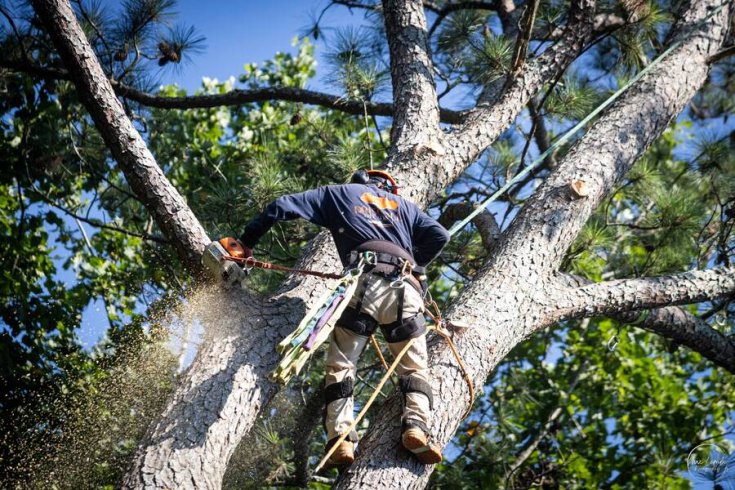
The Best Time of Year to Trim Your Trees (And Why It Matters) Trees are more than just scenery that beautify Metro Atlanta's landscape; they’re vital parts of our yards and provide shade, beauty, and environmental benefits. If you want…
Read More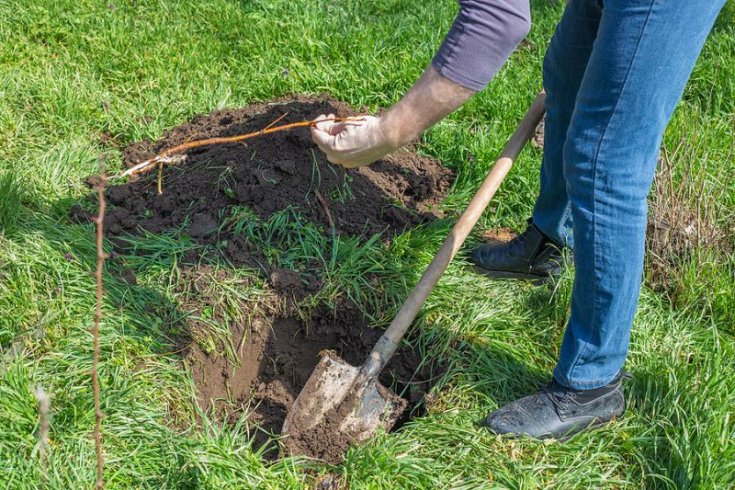
How to Care for Newly Planted Trees Trees are beautiful ornaments for any property, but they are more than decoration. They purify our air, offer us shade, and even provide fruit. Trees grow naturally out of the ground, but if…
Read More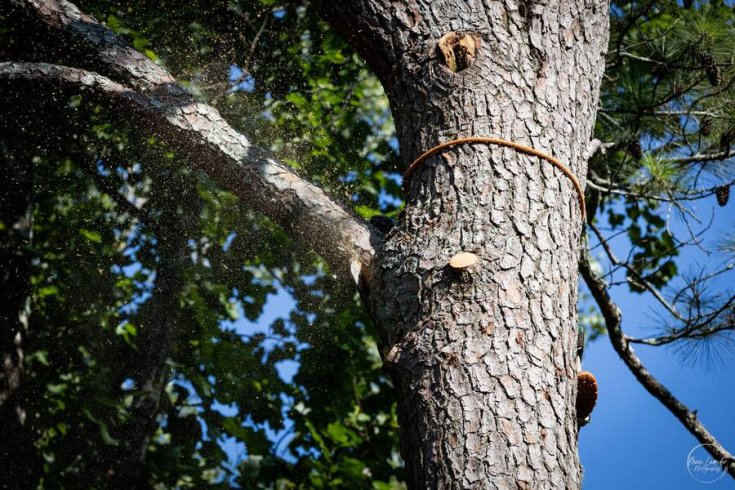
5 Essential Tips for Emergency Tree Removal Trees provide shade, beauty, and a habitat for wildlife. They also convert the carbon dioxide we breath out into fresh oxygen. However, there are times when their removal becomes unavoidable. Whether it's due…
Read More